 June 2020
Titan’s evolving atmosphere
June 2020
Titan’s evolving atmosphere
..., along with trace gases such as hydrocarbons and nitriles produced through photochemistry and photolysis in the upper atmosphere. This very advanced organic chemistry diffuses downward in the form of aerosols and condensates and is finally deposited...
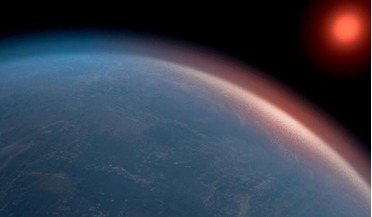 06 April 2020
Planets can form second atmospheres rich in CO, new study shows
06 April 2020
Planets can form second atmospheres rich in CO, new study shows
...of any budding planets. These differences, also have another interesting consequence. Using computer simulations to model planetary atmospheres in late gas disks, a team of researchers in Paris found that even when these disks were diluted or tenuous...
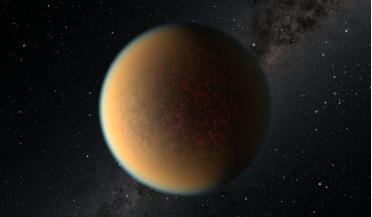 12 March 2021
Scientists find a rocky exoplanet rebuilding its atmosphere
12 March 2021
Scientists find a rocky exoplanet rebuilding its atmosphere
... Detecting molecular species on other celestial objects using telescopes on Earth comes with many challenges, as water in our atmosphere can interfere with observations. To help clarify what the situation on GJ 1132 b was, a team headed by Mark Swain...
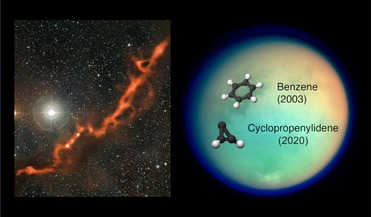 28 October 2020
Unexpected molecule found in Titan's atmosphere
28 October 2020
Unexpected molecule found in Titan's atmosphere
... habitable conditions are,” Lopes added. Aside from being incredibly thick and dotted with hydrocarbons, Titan’s atmosphere is made mostly of nitrogen, like Earth’s, with a hint of methane (CH4). 3.8 to 2.5 billion years ago, methane filled Earth...
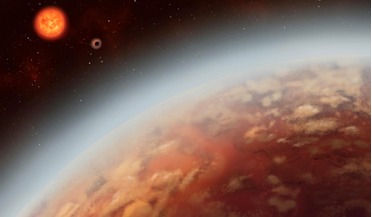 11 September 2019
First detection of atmospheric water vapour on 'super-Earth' in habitable zone
11 September 2019
First detection of atmospheric water vapour on 'super-Earth' in habitable zone
... Earth-like, it is wet, to some degree. This technique measures the difference in stellar light filtered through the atmosphere of the planet with that of the ‘normal’ star light to ascertain any differences. Although the precise composition...
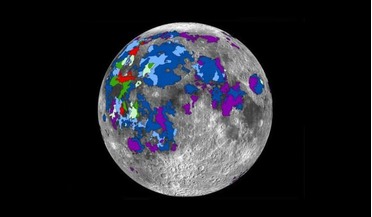 06 October 2017
Volcanic activity gave the early Moon an atmosphere
06 October 2017
Volcanic activity gave the early Moon an atmosphere
... volatiles – around 1019g – to form a transient and prominent atmosphere, but which has since been lost to space. It is ...rocky body to one that used to be surrounded by an atmosphere more prevalent than that surrounding Mars today,” added Kring. This...